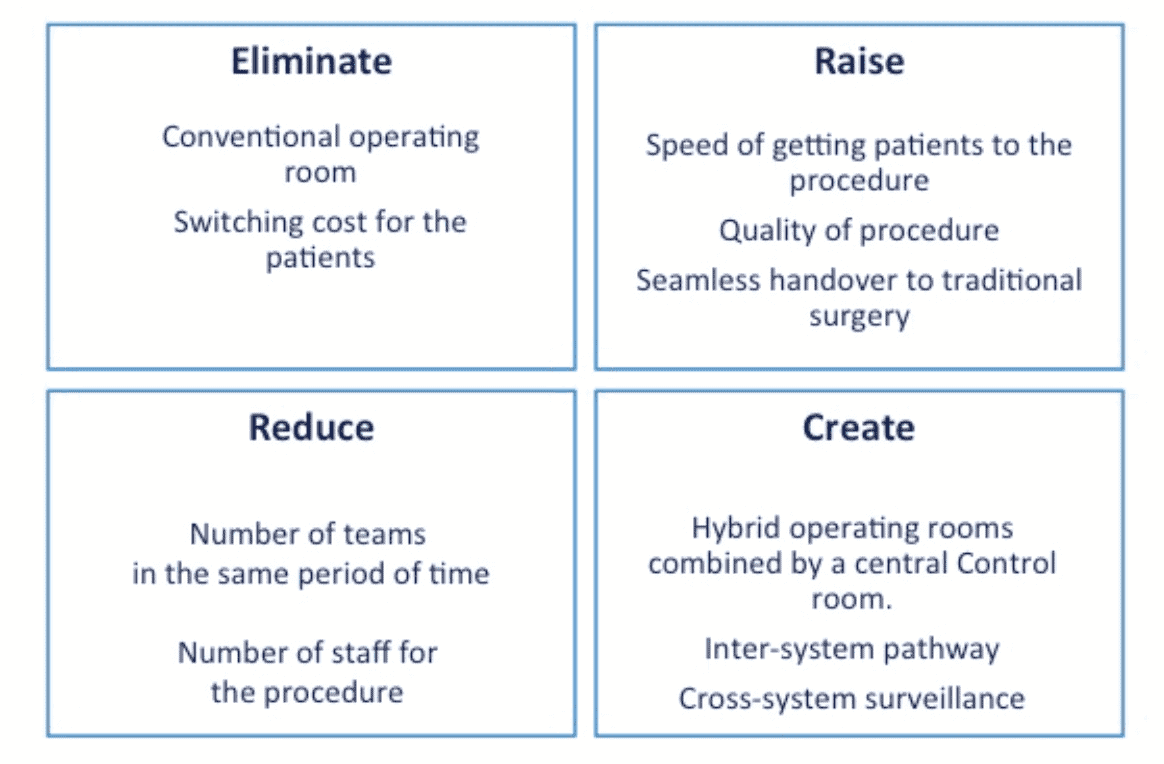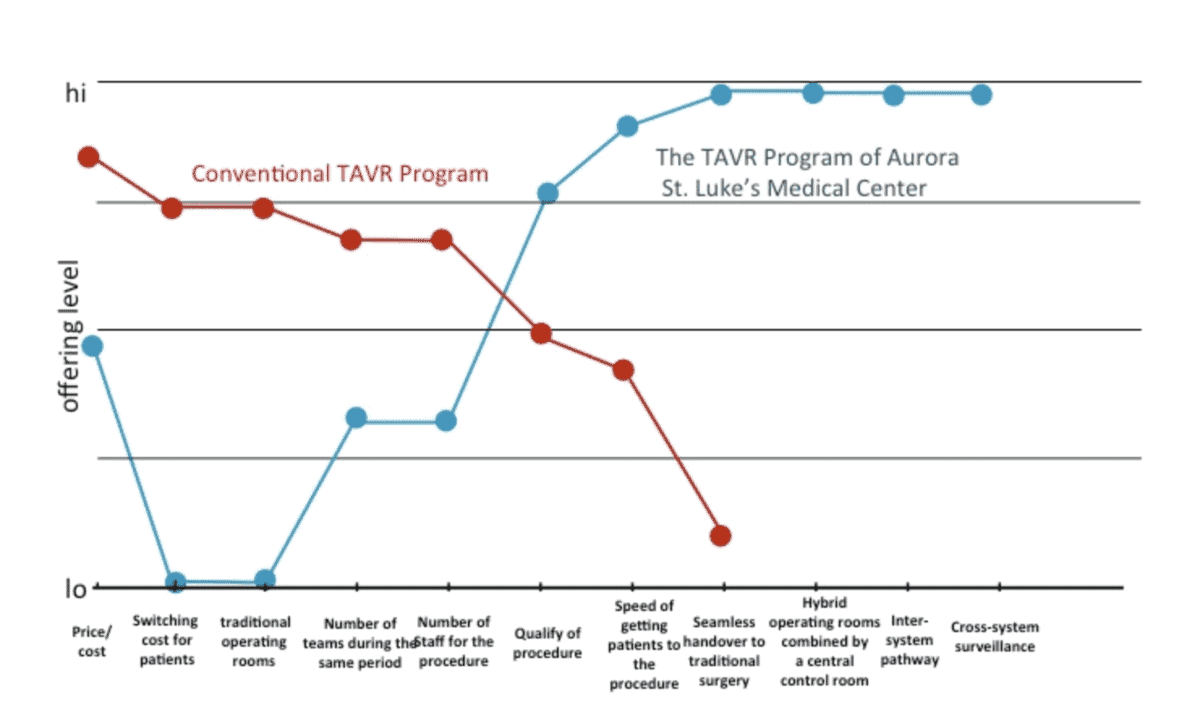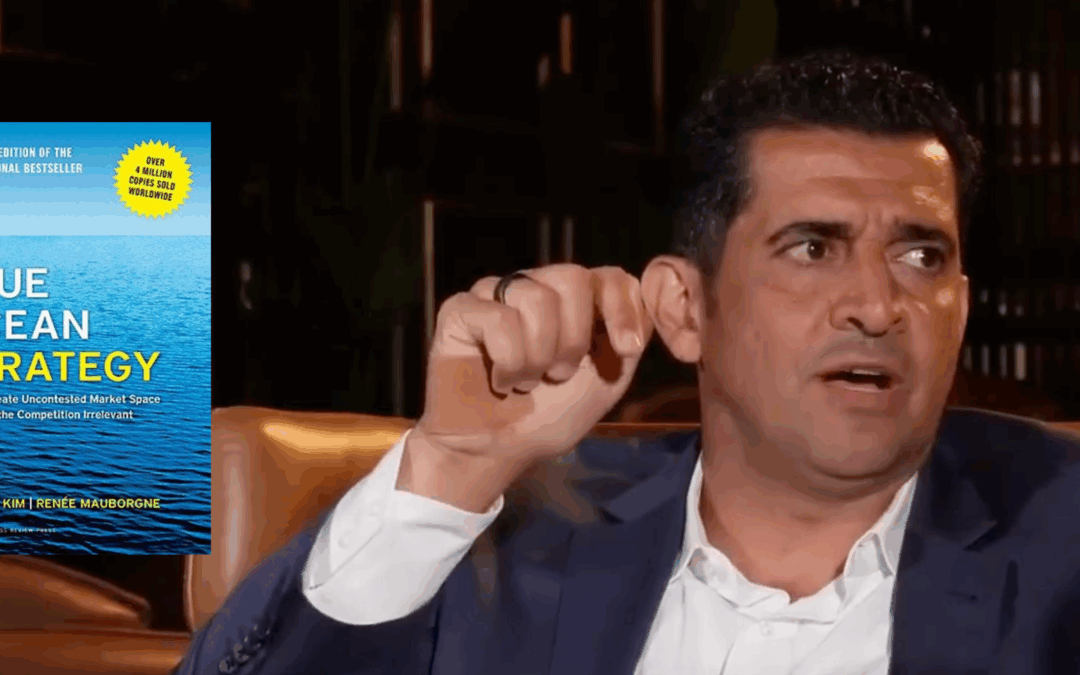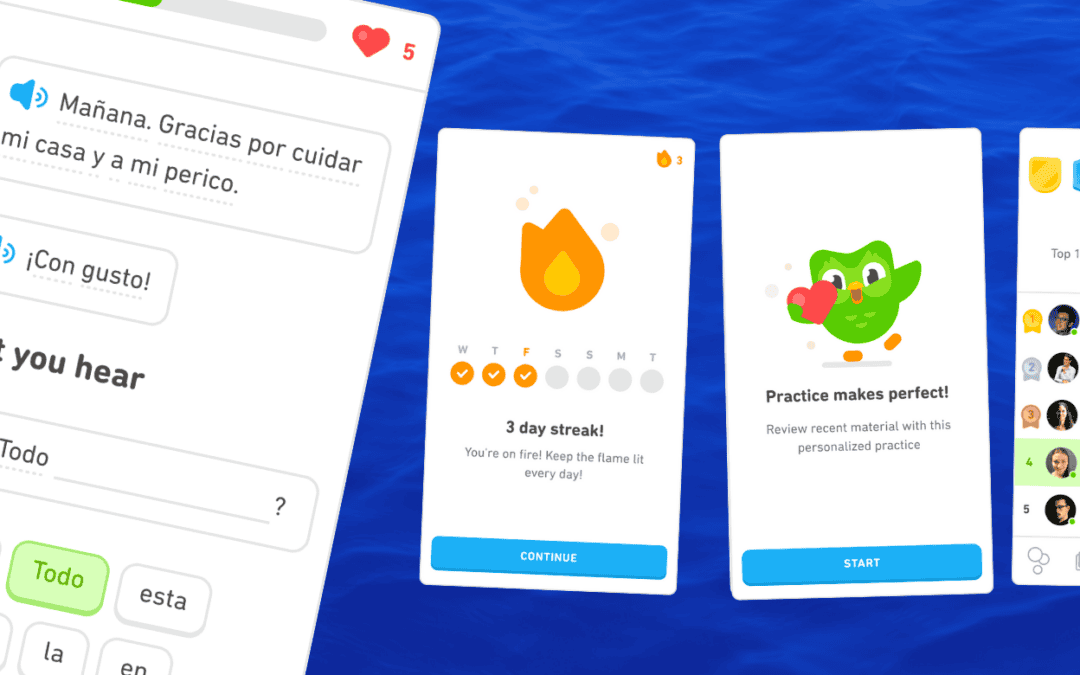First published on 9 August 2016
Healthcare strategy in its current form isn’t working. The healthcare industry today is turning into a red ocean of cut-throat competition and costs continue to rise. Yet the overall quality of care often does not improve – and even drops in some cases.
We spoke to Bradley Kruger, Vice President of Operations at the Aurora St Luke’s Medical Center, to find out how a blue ocean approach to healthcare strategy can turn things around.
What challenges does the healthcare strategy face today?
The healthcare industry in America is highly competitive. Historically, health systems have competed head-on to gain market share and grow in volume. In the meantime, there is a shift from a fee-for-service model (FFS) to a value-based purchasing model (VBP), where reimbursement is based on the quality of care. This can be the quality of a certain disease-stage care, quality of a certain episode of care, or the quality of care over a longer term.
For example, within 30 days of discharge from the hospital for certain disease states, the hospital won’t get paid if the patient is readmitted.
At Aurora St Luke’s Medical Center, we are roughly 80% FFS and 20% VBP. But it looks this will change to a 65% FFS to 35% VBP ratio in the near future.
It is imperative that we deliver high-quality care and get ready for a world increasingly based on VBP. At the same time, we need to keep our business running and profitable. This means we will have to continue generating volume while reducing costs. But the traditional competitive approach makes it hard to reconcile these two ends.
How did a blue ocean approach help you tackle and overcome these challenges?
Blue ocean strategy gave us a whole new perspective for thinking about healthcare and our business practice. Traditionally, when thinking about healthcare strategy, we spent a lot of time talking about the competition, analyzing their trends, numbers, and drilling down into the procedural details of their volumes. Our goal was to beat the competition and grow by taking their market share. And very often, we cut costs at the expense of value, or improved value at increased costs.
A blue ocean perspective turned this around. What if, instead of competing with others in the industry, we could be setting the pace, creating new demand and profiting from lucrative new markets? Instead of making a trade-off between lowering costs or improving value and quality, could we achieve both? Could we create differentiated value at lower cost?

The healthcare industry in America is highly competitive.
How did you apply blue ocean strategy to your business practice?
Our Transcatheter Aortic Valve Replacement (TAVR) program is a great example. TAVR concerns a specific procedure in aortic treatment. Instead of performing open-heart surgery to replace a heart valve, a TAVR procedure involves putting a new valve in a capsule. This then goes through the femoral artery in your leg and into your heart valve.
This procedure is critical for people judged to be high risk or too sick for open heart surgery. But the device for performing this procedure costs more than $30,000, while surgical valves average between $4,000 and $7,000.
Most hospitals lose money on this procedure, as the reimbursement rate is often lower than the cost. Yet they continue to offer this procedure to retain patients, as these patients will normally need associated care both in the short run and the long term.
Blue ocean strategy gave us a whole new perspective for thinking about healthcare and our business practice.
More importantly, hospitals see offering this procedure as critical for keeping their competitive edge and not being absorbed by other institutions. In other words, many institutions see TAVR as a necessary but expensive investment to stay competitive. The already high-cost structure of the procedure leaves them no incentive to improve the care model of the procedure itself.
A blue ocean perspective led us to take a different approach that would significantly improve the care model and offer better value to patients while at the same time reducing costs.
To this end, the physicians and administration at Aurora St. Luke’s partnered with GE Healthcare Medtronic to redesign the care model. We redesigned the room structure and technology in such a way as to deliver the care faster and with greater precision to patients. This greatly reduced the risk for patients associated with a long waiting period or a second-time operation. The redesigned model also lowered our costs significantly.
The Eliminate-Raise-Reduce (ERRC) Grid Of The Tavr Program At Aurora St. Luke’s Medical Center

The Eliminate-Reduce-Raise-Create (ERRC) grid, © Chan Kim & Renée Mauborgne.
How did you create new market space with this program?
Traditionally, the TAVR procedure was offered mainly to patients within our system, i.e. patients of doctors, hospitals and clinics associated with Aurora Health Care. Now, with our ability to perform the procedure with unmatched quality at much lower cost, we talk to our competitors: send your patients over for this procedure, we will do it and then send your patients back.
The patients benefit from this arrangement. The competing health systems also benefit: they can offer their patients get the treatment they need without losing them to competitors. Nor do they have to spend millions of dollars at a loss just to keep their practice competitive. This can save up to 9-10 million dollars a year. So it’s a win-win all around – which is what blue ocean strategy is all about.
The Strategy Canvas of the Tavr Program at Aurora St. Luke’s Medical Center

The Strategy Canvas, © Chan Kim & Renée Mauborgne.
The results have seen a huge leap in value for the patients, a 40% decrease in staffing costs and a spectacular 350% rise in contribution margin. It’s a win-win all around. Read next: “How to Draw a Strategy Canvas (With Template).”
What lessons has Aurora learned by applying blue ocean strategy?
Blue ocean strategy helped us think differently about healthcare in the community, costs, and partnerships with other companies and competitors.
It enabled growth by creating a new market based on sharply increased value at lower cost for patients and a non-competitive relationship with our traditional competitors.
It helped us see that working with others, increasing levels of trust and creating win-win scenarios is the best way to fulfil our mission to help people live well.
Bradley Kruger is Vice President of Operations at the Aurora St Luke’s Medical Center, overseeing Cardiac Services, Transplant, Pulmonology, Radiology, Neurology and Global & Executive health.


















